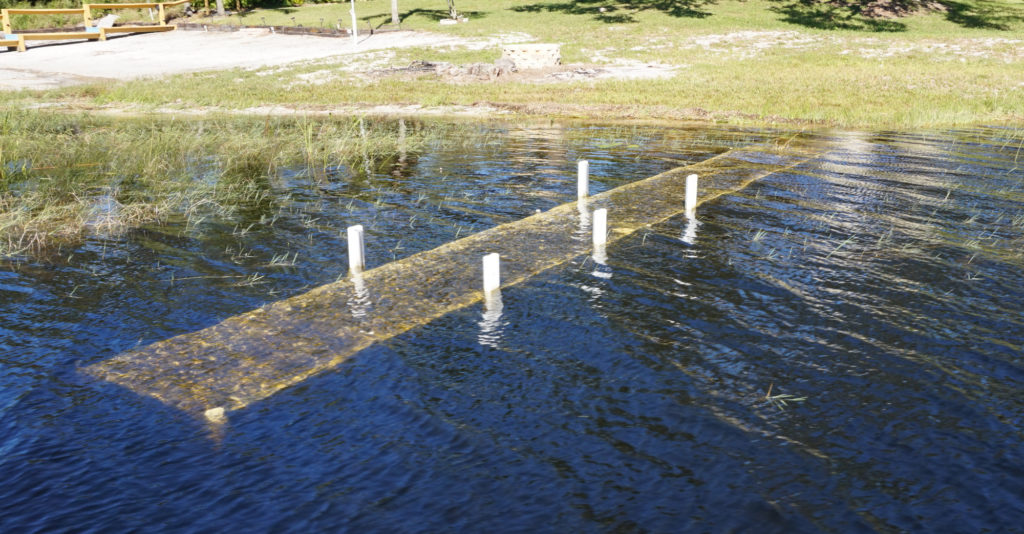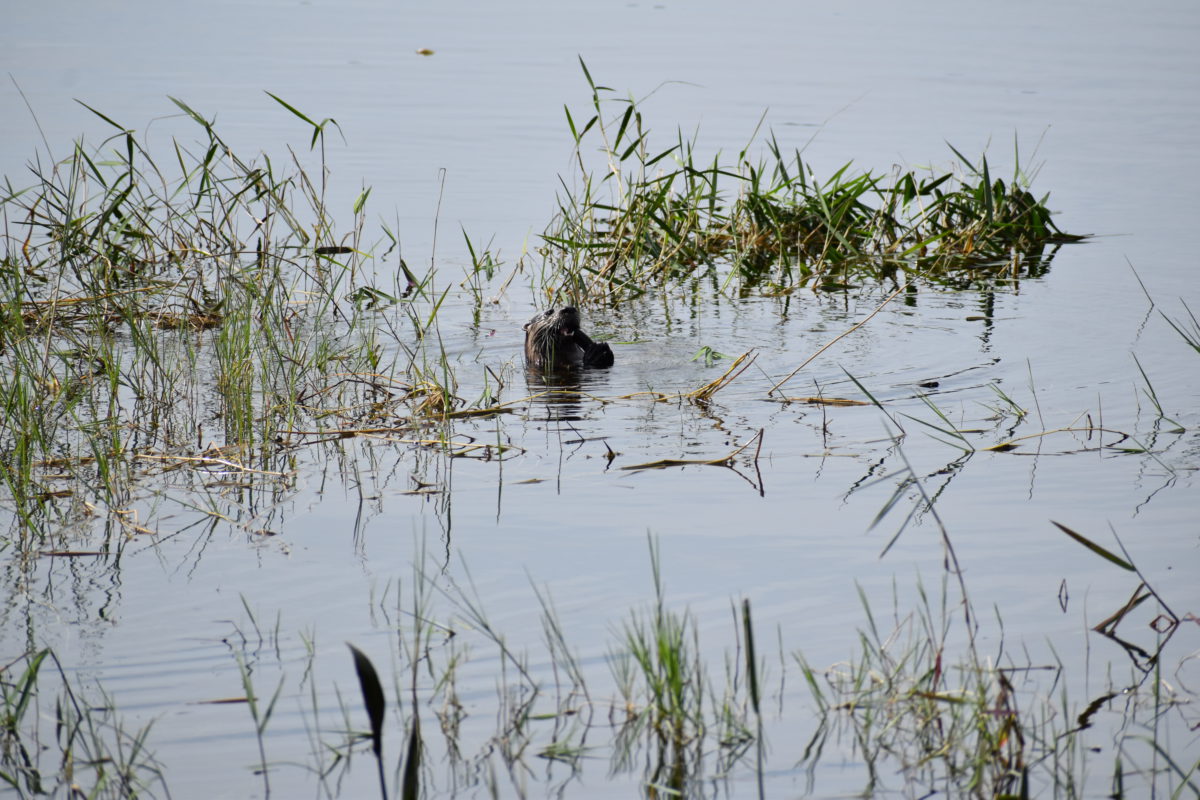Maintain Aquatic Vegetation
UF/IFAS classifies aquatic vegetation into three groups: submerged, emergent, and floating plants. All three types of aquatic vegetation play an important role in the watershed and the ecosystem by reducing erosion and providing habitat for fish and other species. If you plan to remove aquatic plants from your lakefront, a permit is required from the Florida Fish & Wildlife Commission (FWC).
Don’t Add Sand or Other Fill to the Lake
Adding fill material (e.g. clean sand) or removing material (i.e. dredging) from below the ordinary high water line requires a permit from the Florida Department of Environmental Protection (FDEP).
Adding sand to Crooked Lake can reduce the water storage capacity and exacerbate flooding during periods of heavy rainfall.
Build Responsibly

There are a few important considerations when
considering a new dock installation on your
lakefront:
- Water Level/Dock Elevation: The level of Crooked Lake can fluctuate tremendously depending on changes in rainfall.
- Permitting Requirements: Construction of a dock on Crooked Lake requires a permit from FDEP and the town of Hillcrest Heights.
- Vegetation Impacts: If the construction of your dock will impact existing aquatic vegetation, you may need an Aquatic Plant Management Permit from the FWC
More information is available at this link.

